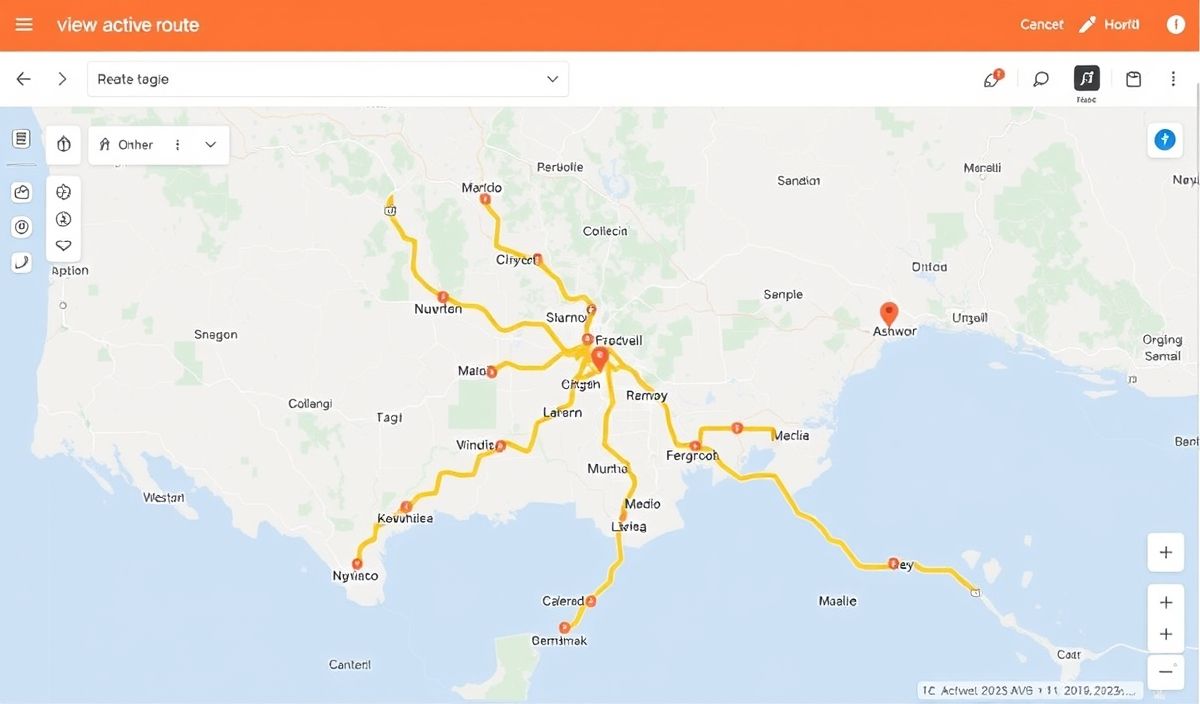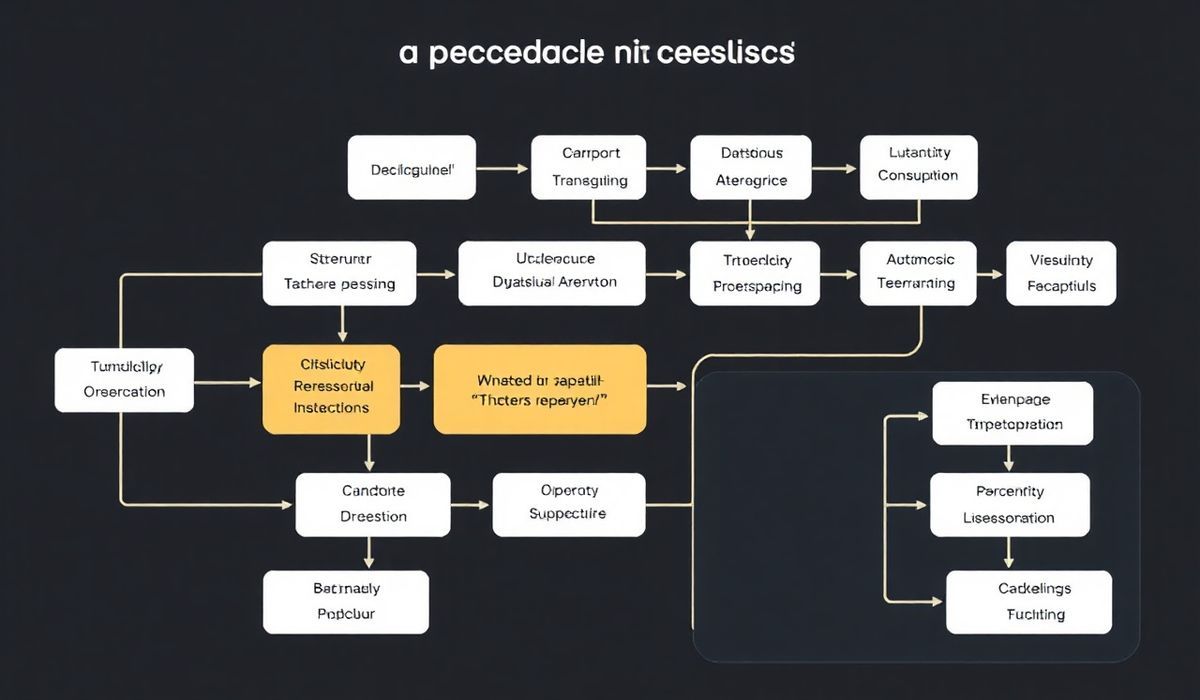Active Route: A Complete Guide to Enhancing Your Web Application
The active-route library is a powerful tool for developers looking to manage and utilize routing in web applications. This article covers the introduction to the active-route library, its useful APIs, and practical examples of how these can be implemented in your projects.
Introduction to Active Route
The active-route library provides a set of functionalities to handle routes in a more efficient and manageable way. Whether you are developing a single-page application or a complex web-based system, mastering active-route can significantly enhance the user experience and performance of your application.
Core APIs and Their Usage
1. useRoute()
The useRoute hook is essential for accessing the current route and its parameters. Below is a basic example to demonstrate its usage:
import { useRoute } from 'active-route';
const MyComponent = () => {
const route = useRoute();
return (
<div>
<p>Current Route: {route.path}</p>
</div>
);
};
2. useNavigate()
The useNavigate hook helps in navigating to different routes programmatically. Here’s an example:
import { useNavigate } from 'active-route';
const NavigateButton = () => {
const navigate = useNavigate();
const handleClick = () => {
navigate('/new-route');
};
return (
<button onClick={handleClick}>Go to New Route</button>
);
};
3. Route component
The Route component is instrumental in defining routes and their handlers. Here’s how you can use it:
import { Route } from 'active-route';
import HomeComponent from './HomeComponent';
import AboutComponent from './AboutComponent';
const App = () => {
return (
<div>
<Route path="/" component={HomeComponent} />
<Route path="/about" component={AboutComponent} />
</div>
);
};
4. useParams()
The useParams hook retrieves parameters from the current route:
import { useParams } from 'active-route';
const UserProfile = () => {
const { userId } = useParams();
return (
<div>
<p>User ID: {userId}</p>
</div>
);
};
Application Example
Let’s build a simple application using the APIs discussed:
import React from 'react';
import { BrowserRouter as Router } from 'active-route';
import HomeComponent from './HomeComponent';
import AboutComponent from './AboutComponent';
import UserProfile from './UserProfile';
const App = () => {
return (
<Router>
<div>
<Route path="/" component={HomeComponent} />
<Route path="/about" component={AboutComponent} />
<Route path="/user/:userId" component={UserProfile} />
</div>
</Router>
);
};
export default App;
With the above setup, you can navigate to different routes and see the content change dynamically based on the URL.
Hash: 9079a31e4df6290c8d88144dad0c66d1f95f6f74175c50305643fdb9c0e07034




